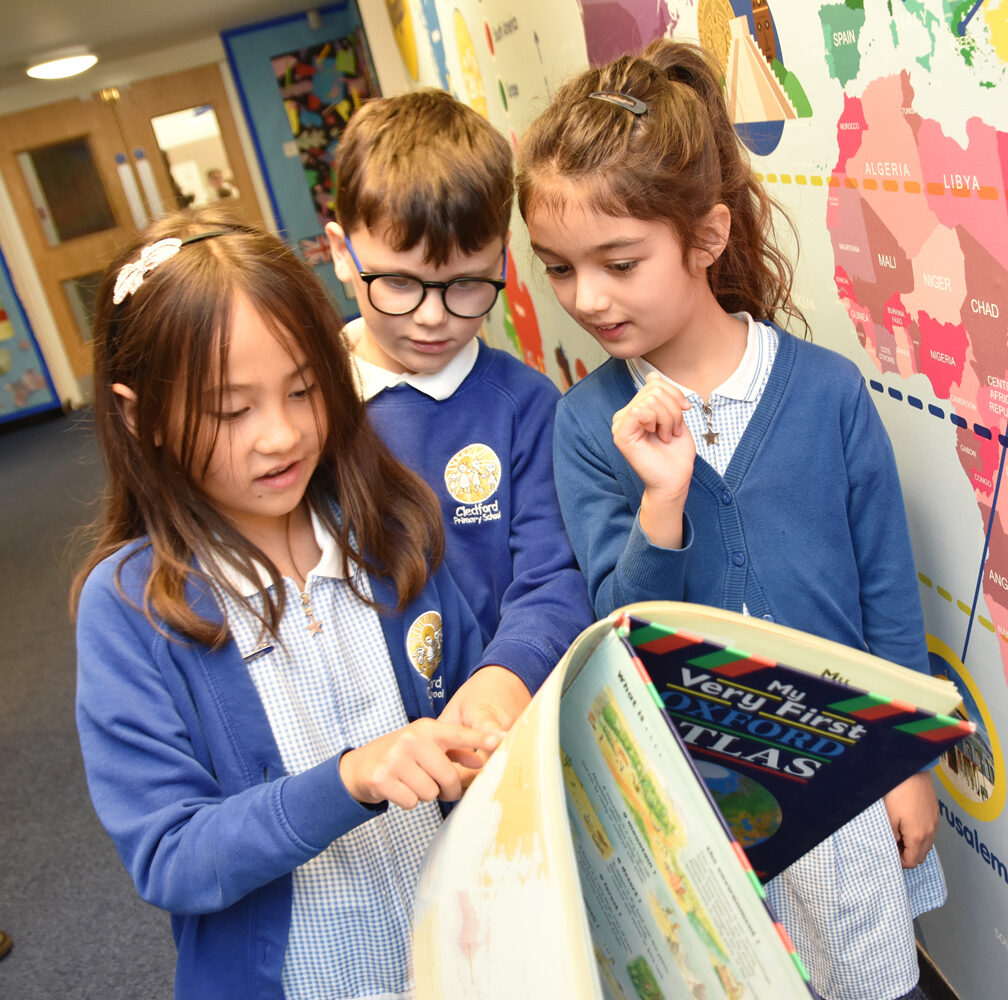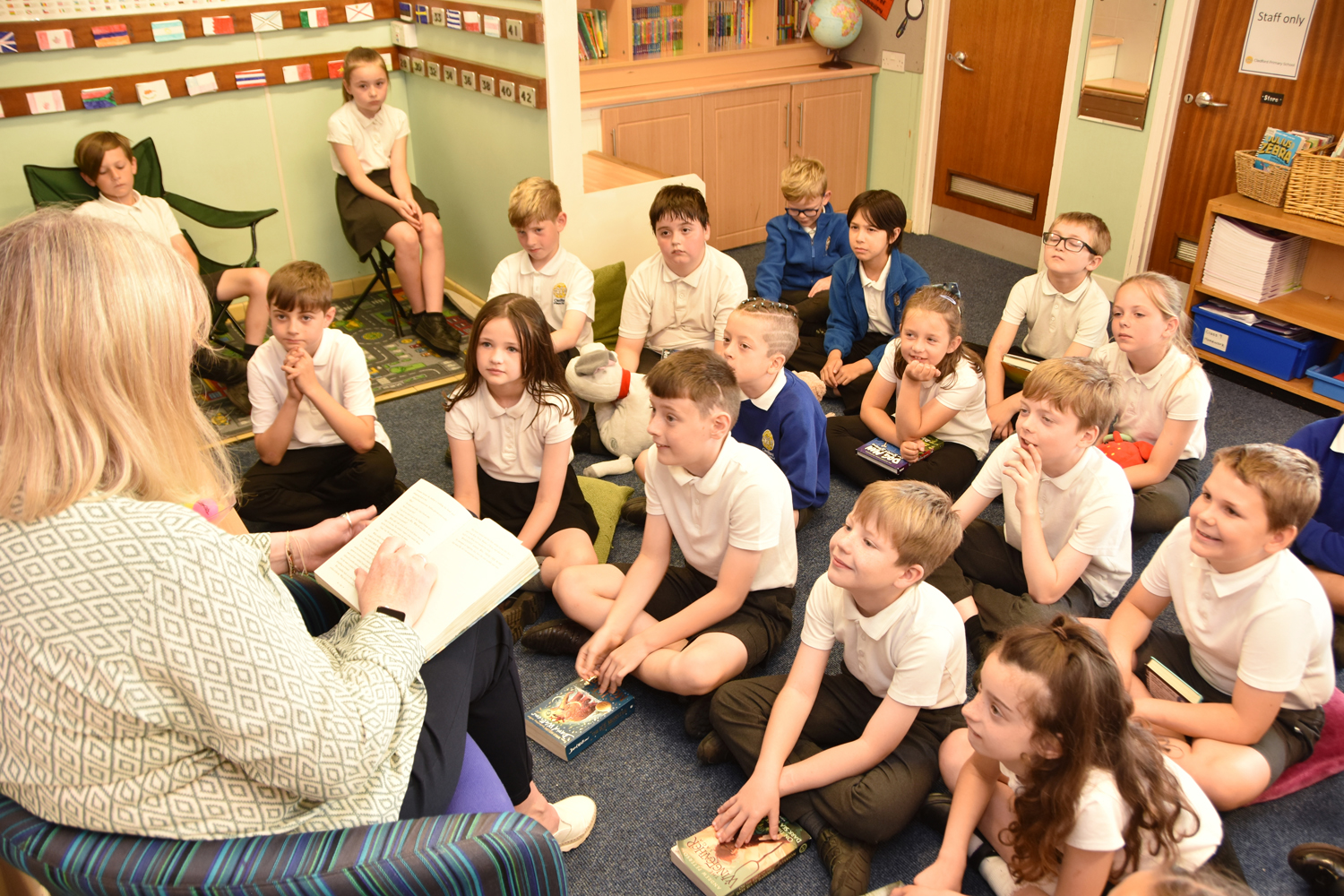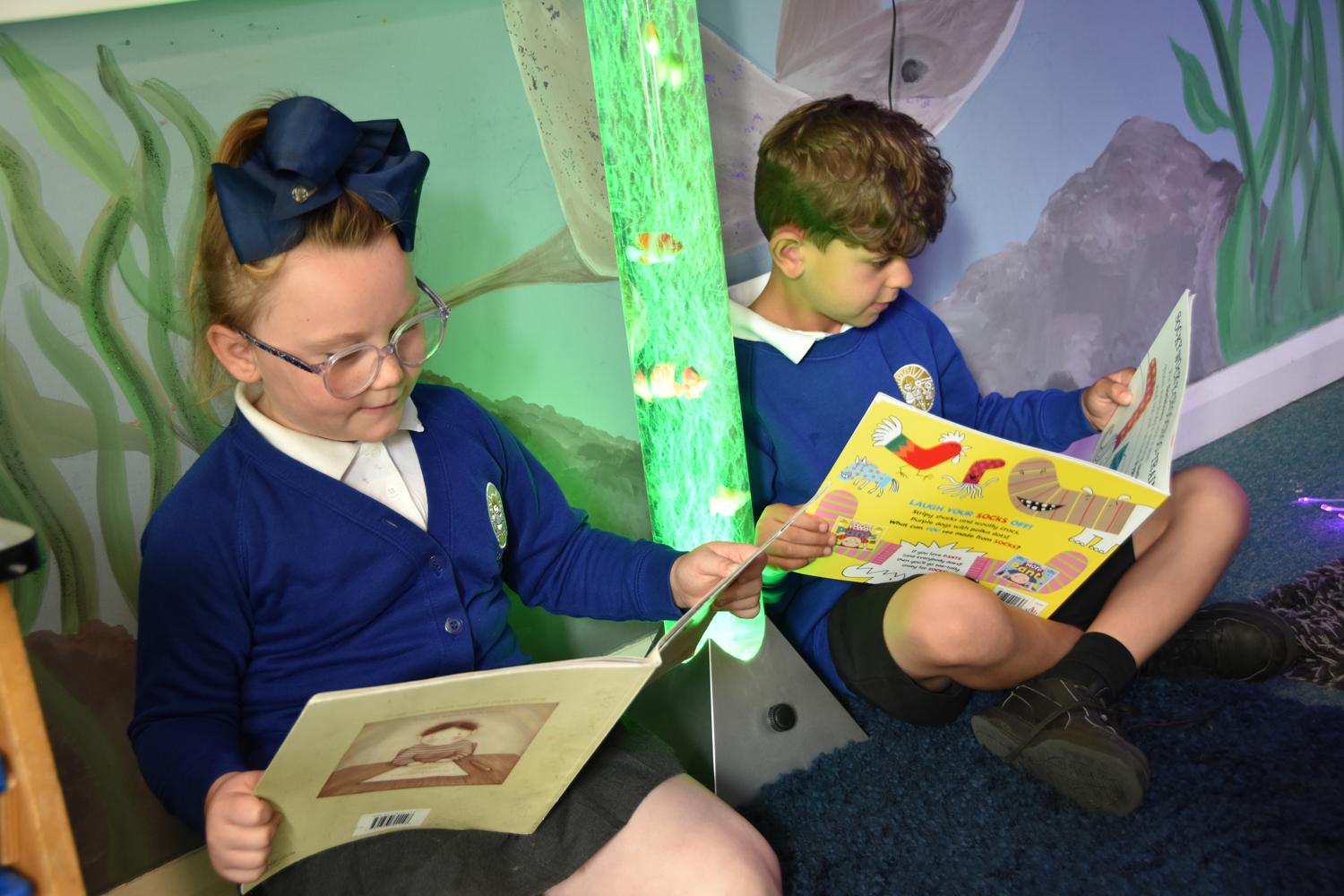

Phonics & Early Reading
At Cledford Primary & Nursery Academy, we believe every child can become a fluent reader and writer. To support this, we follow the Little Wandle Letters and Sounds Revised programme — a systematic, synthetic phonics approach that builds strong foundational reading and spelling skills from Reception onwards.
Our Approach
Phonics from the Start:
Phonics teaching begins in Reception and progresses systematically through Year 1, ensuring children master the alphabetic code and apply it confidently in reading and writing.
Daily Lessons:
Children in Reception and Year 1 receive daily phonics sessions, with tailored Keep-up sessions for any child needing extra support.
Catch-Up Support:
Targeted phonics sessions are provided in Years 2–6 for children still developing fluency.
Reading Practice:
Children in Reception and Year 1 read in small groups three times a week with fully trained staff, focusing on decoding, expression (prosody), and comprehension.
Home Reading:
Pupils take home a phonetically matched book to read independently, along with a reading-for-pleasure book to enjoy with their family.
Language Development
We place strong emphasis on speaking and listening, recognising these skills as essential for success in reading, writing, and across the wider curriculum.
Reading for Pleasure
We promote a love of reading through:
- Daily story time
- Inviting book corners in every classroom
- Regular visits to the local library
- Whole-school events such as World Book Day, book fairs, and author visits
Children from Reception onwards use a home reading record to foster communication between home and school and to encourage independent reflection on reading as they grow.
Assessment & Impact
We assess phonics and reading regularly to identify gaps and ensure all children are making progress:
- Formative assessment is used daily to tailor support.
- Summative assessment takes place every six weeks to track progress and guide intervention.
- Year 1 pupils complete the Phonics Screening Check, with a re-check in Year 2 if needed.
- Children in Years 2–6 are regularly assessed to support ongoing catch-up where required.
Parent Support
We work closely with families to support reading at home. Visit the Little Wandle Parent Page for helpful videos and resources.


